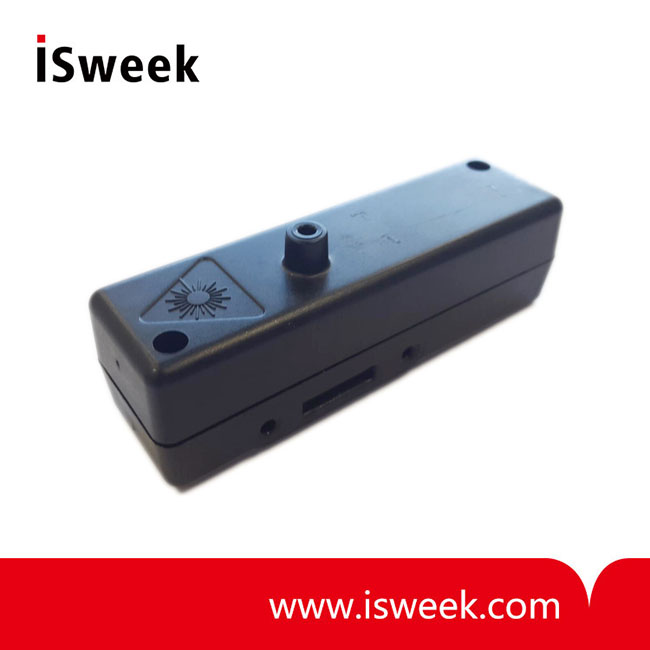Instead of PM2.5, O3 has become the “culprit” of air pollution in summer. Therefore, NOx, as an important component to generate ozone, draws the attention of environmental experts. How can nitrogen oxide influence the environment? And how can them be controlled to reduce ozone pollution? Environmental Protection Agency in Chengdu has publish a science popularizing column to answer these questions in detail.
Q: Is NOx important for the generation of O3?
A: In sunlight, a series of photo-chemical reactions will take place between NOx and VOCs, and generate secondary pollutants including ozone, formaldehyde and acetaldehyde. Ozone is a main factor for the reinforce of atmospheric oxidation. High concentration of ozone will turn into photo-chemical smog with a long time, and pose a detriment to the atmosphere as well as people’s health. However, it is “people” who cause ozone pollution: primary pollutants from burning coal, vehicle exhaust and petrochemical engineering, such as nitrogen oxide. In other words, NOx deeply participates in secondary photo-chemical reactions in atmospheric environment, making it one of the major cause of ozone generation.
Q: In order to reduce ozone pollution, how should NOx be controlled?
A: To control ozone pollution at the root, the emission of NOx and VOCs should be limited. Unfortunately, at present NOx emission of China takes up 16.4% of world’s total emission. Moreover, 50% of industrial areas in China are increasing NOx emission. In those densely populated urban areas, vehicle exhaust is also a main source of photo-chemical pollution.
Therefore, to prevent photo-chemical pollution, it is important to strictly obey the emission standards, improve the quality of oil products and working condition of vehicle engine, apply clean fuel and install exhaust cleanup devices. Meanwhile, management and limits on factory gas emission should be strengthened, and monitoring stations should be set up to supervise the conditions of photo-chemical pollution.
In short, although barely mentioned, NOx plays an important role in photo-chemical reactions which generate ozone. The products of such reactions can do great harm to human health, so outdoor activities should be lessened when there are O3 pollution.
Now, we ISWeek supply sensors to measure O3, NO2 and VOCs. The detailed information are as follows.

The features of O3 sensor OX-B431:
- High resolution up to 15ppb
- Short response time of 45s
- Linear output, excellent linearity
- Little zero drift

The features of NO2 sensor NO2-B43F:
- High resolution up to20ppb
- Short response time of 60s
- Linear output, excellent linearity
- Interference of O3 gas is filtere

The features of PID-A1 Photoionization Gas Sensor (PID Sensor):
- Wide measurement range of 0~6000ppm
- High resolution of 50ppb
- Linear output
- No need of circuit design and easy to use
- With internal heater, the sensor can work normally under high humidity without being affected.

The features of PID-AH Photoionization Gas Sensor (PID Sensor):
- Measurement range of 0~50ppm
- High resolution of 1ppb
- Linear output
- No need of circuit design and easy to use
- With internal heater, the sensor can work normally under high humidity without being affected.






